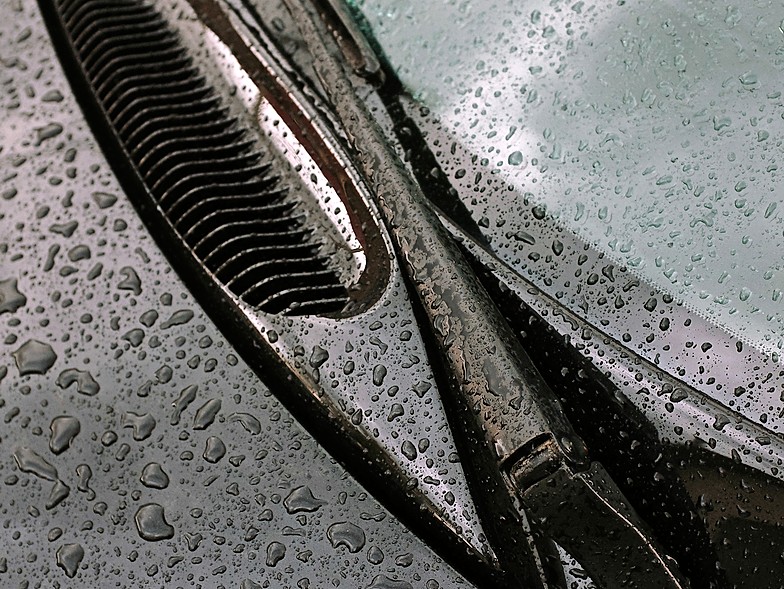Get Your Car Ready for Warmer Weather
Spring brings higher temperatures, clear skies, and all-around happier times.
And while you may be ready to embrace all the season has to offer, your vehicle may not. Winter can take its toll on your car, making it important that you follow these necessary steps to ensure everything is running safe and sound for the months to come.

Inspect your tires
Most cars are equipped with all-season tires that are suitable for many different temperatures and weather conditions. However, the frigid weather that many parts of the country face in winter can take a toll on your tires, including causing a decrease in tire pressure and an increase in the rigidity of your tires’ rubber. In addition to checking the tire pressure throughout the winter season, it’s important to then have your tires inspected and rotated once the weather is consistently warm. This can help ensure that they’re in proper working condition and will go a long way toward extending their longevity. And while you’re at it, consider having the alignment adjusted since any potholes or other winter obstacles could have knocked it off-kilter.
Change the oil and other fluids
For many cars, experts recommend using a thinner oil during winter to help the engine function properly in lower temps. If your car falls under that category, you’ll need to swap to a thicker oil for spring and summer. But even if your car uses a multiviscosity oil, it’s still worth changing it since it may have still gone through greater wear and tear these past few months, which can ultimately lead to decreased fuel efficiency. You may also want to have your car’s other fluids, such as brake, coolant, transmission, and battery, checked since your car tends to use more of each during colder weather.

Replace your wipers
Your windshield wipers probably worked double-time removing snow and ice last winter. And since rain showers are a notorious part of the spring season, you’ll need them in tip-top shape to avoid a consistently streaky windshield. Take a moment to inspect each blade; if they don’t look too worn down, you can clean the rubber insert with a lint-free wipe for a quick refresh. But if the rubber is cracked or peeling off, you’ll want to replace them entirely. Both options will help improve your visibility should you get caught in a heavy downpour.
Check the brakes
Brakes are an undeniably important part of your vehicle—after all, they’re what prevent you from rolling into every car or obstacle in front of you. If you don’t want to deal with worn-out brakes or, even worse, having them just completely going out, take some precautions. First give them a quick listen for any loud noises or squeaks. That could mean the brake pads or drums need to be replaced. Be sure to take it into the shop as soon as you can to ensure you have smooth driving this spring and summer.

Wash and detail everything
The salt that’s used to melt ice in the winter may be great for clearing the roads, but its corrosiveness is not so good for your car. If you can’t remember the last time you washed or detailed your car, now is the perfect time. Consider taking it to an automatic car wash so the underbody can get a much-needed scrub. This will remove any salt that may still be hanging on and allow you to better inspect the bottom of your car for any rust. You may also want to spruce up the inside of your car, removing any trash, dirt, salt, or other grime that’s built up over the last few months. Check out this guide for more tips on detailing your car like a pro.
Though it may take some time to check, clean, and repair these different areas in your car, it’s worth the effort since it’ll help you better enjoy all the fun the warmer weather brings.


















